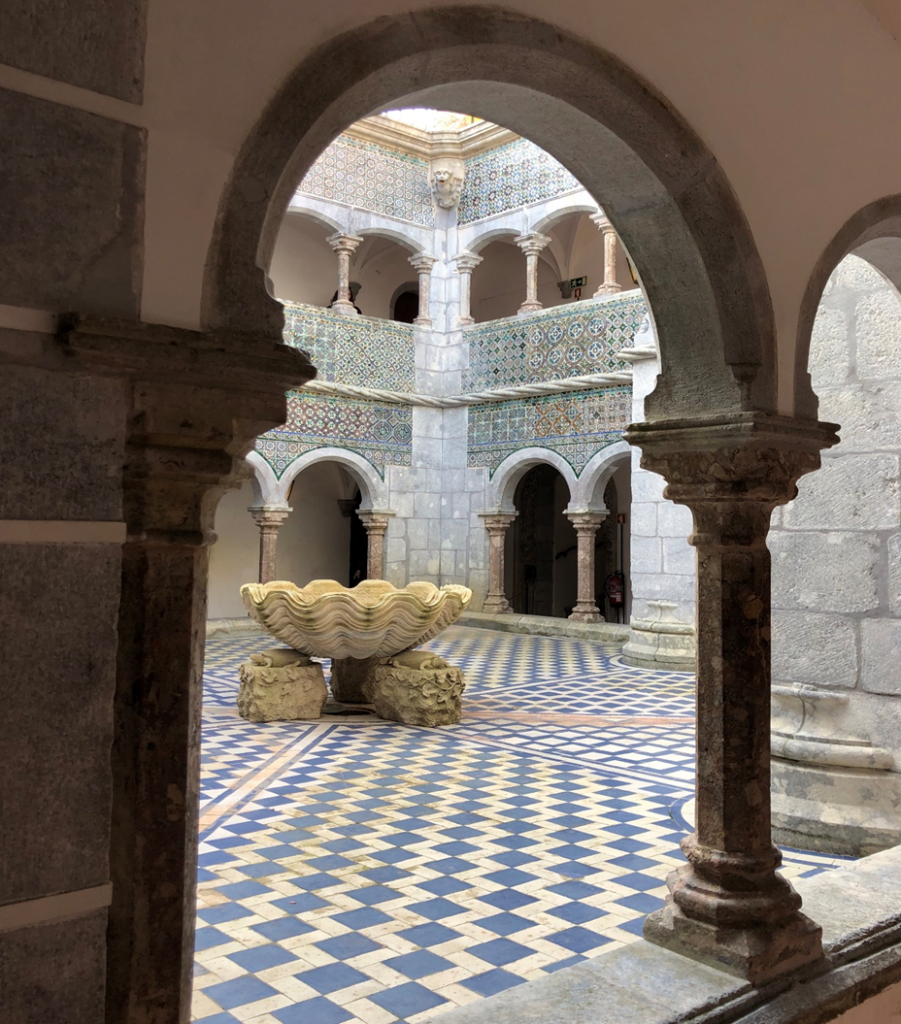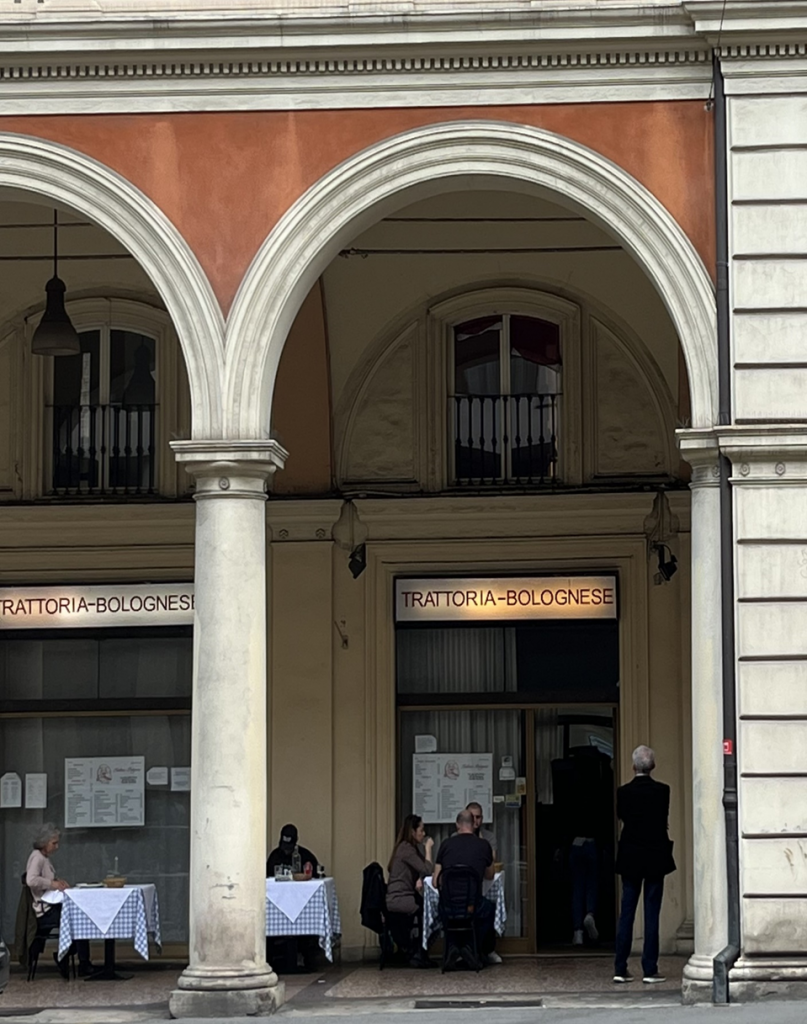
Hello everyone,
Where are you reading this article? What drives you to perform the act of reading in this place? Did you choose this place to perform the act of reading or did the place you are in direct you to the act of reading? To what extent do you think your environment determines and guides your actions and habits?
The concept of dimension, which is formed by the gaps in space, directs our movements. Within these defined gaps, we maintain our social relationships and daily habits. Our activities that fill the gaps are guided by the fiction of the space. One of the best examples of this is the architecture in the city of Bologna. This city is surrounded by arcade porticoes. The porticoes circle the whole city, drawing a circular route throughout the city. People meet under the porticoes and socialize. People meet under the porticoes and socialize. The eaves structure, which turns the opening in front of the buildings into a meaningful space, is a space that continues the daily life rituals of individuals.

When citizens leave their homes and privacy, they first encounter the street in this half-open, half-closed area. The portico is a kind of buffer zone. It is the bridge between public and private space. The unifying feature of this bridge is symbolized physically and functionally by the circular structure of the porticoes.
According to the seasons, individuals need a shelter where they can protect themselves and move freely due to different climatic reasons. This shelter is under the colonnades in the example of the city of Bologna. The user of the city takes shelter under the arcades of colonnades in order not to get wet in the rain, not be exposed to strong winds on the street, or be affected by the sun in the heat. The act of taking shelter is an instinctive tendency that has been going on since the creation of humanity. In the contrast between the circular spaces between the arcades and the closure created by its ceiling, the city continues its daily activities. The urban dweller fills the gaps in the contrasting structure of the eaves, by creating and maintaining their own culture.

The city’s restaurants bring the inside out by placing tables under the porticoes. With these areas of interaction between the inside and outside, the public and private spaces intertwine and form harmony. The physical contrasts in the space become symbolic of the dialogue between the public and private spaces with each other. These distinctive movements in the space become one of the building blocks that make up the city’s culture over time and form the character of the city dweller. The routine life of the citizens comes to life and continues in these transition spaces defined as buffer zones.

Taking shelter, socializing, and maintaining their routines, these concepts form the main foundations of people’s life balance. A simple structural change can cause a drastic change in the user’s movements. For example, if we remove the eaves structure from the cities, the citizens will start to spend most of their daily activities indoors.
The fact that the time spent in buffer zones, which is a transition between public and private spaces, is in a sharp separation from private or public spaces, will create disconnections in the communication of the citizens with each other. This disappearing buffer socialization space also causes changes in the culture of the citizens. The cultural habits of the individual whose daily routine changes are also greatly affected.
The reason why I’m drowning you in questions at the beginning of my writing is, I wanted you to think about and observe why you chose the place you are in and what kind of reflections it has on your character.
See you in my next article,
Simin Pakakar
Co-founder of Kanopi Architecture
Istanbul, Türkiye
Instagram: @kanopimimarlik
Website: https://kanopimimarlik.com/


